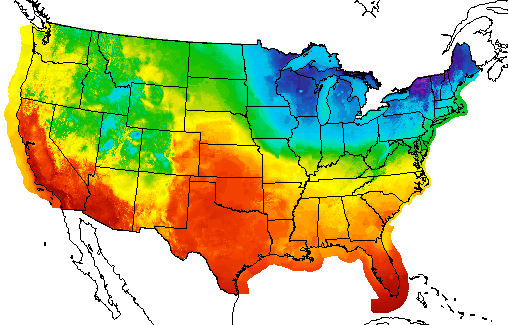

Please credit the NOAA Central Library Data Imaging Project when using these weather maps. The daily weather maps for the period January 1 - August 6, 1914, also include a Northern Hemisphere map with data table.įunding for this project was provided by the NOAA Climate Database Modernization Program (CDMP), National Climatic Data Center, Asheville, NC. By the end of 1872 the map had acquired the format it would use for the rest of its run. The Signal Office also added a general discussion of synoptic weather features and forecast, and then isobars and isotherms, on the maps.

Within a short time the Signal Office added a table showing the change in barometric pressure during the most recent 8 hours, the temperature change within the most recent 24 hours, relative humidity, and total precipitation within the most recent 24 hours. Highs, lows, fronts, troughs, outflow boundaries, squall lines, drylines for much of North America, the Western Atlantic and Eastern Pacific oceans, and the Gulf of Mexico. with the day's air temperature, barometric pressure, wind velocity and direction, and a general indication of the weather for various cities around the country plotted directly on the map. NOAA’s new interactive radar viewer webpage with expanded radar data will allow you to observe the type and movement of precipitation falling from the sky. The earliest weather maps featured only a map of the continental U.S. In 1969, the Weather Bureau began publishing a weekly compilation of daily maps with the title Daily Weather Maps (Weekly series). In 1913, the title became simply Daily Weather Map. When the meteorological activities of the Signal Corps were transferred to the newly-created Weather Bureau in 1891, the title of the weather map changed to the Department of Agriculture Weather Map. Signal Office began publishing weather maps as the War Department Maps on Jan. Not sure where to begin? Click to see all topics in JetStream in the Topic Matrix.The U.S. Your input will greatly assist others in teaching the "hows" and "whys" of weather. We welcome your feedback on this project. Day and Night Weather Models Temperature Precipitation Moisture Pressure Developed by the NOAA Visualization Lab. National Centers for Environmental Prediction.

Weather Topics: Watches, Mesoscale Discussions, Outlooks, Fire Weather, All Products, Contact Us.
NOAA WEATHER MAP FREE
You are free to use the materials in any manner you wish. Click on the NWS Warnings and Advisories Map above for more details. Interspersed in JetStream are "Learning Lessons" which can be used to enhance the educational experience. The information contained in JetStream is arranged by subject, beginning with global and large-scale weather patterns followed by lessons on air masses, wind patterns, cloud formations, thunderstorms, lightning, hail, damaging winds, tornados, tropical storms, cyclones, and flooding. Credit: Jeff Schmaltz, Moderate Resolution Imaging Spectroradiometer (MODIS) Land Rapid Response Team, National Aeronautics and Space Administration (NASA), Goddard Space Flight Center (GSFC). You may bookmark the URL to return later to the same view with the selected.
NOAA WEATHER MAP UPDATE
The URL will automatically update as you select the view and settings. High resolution version of this NASA image: select link to enlarge image (~2 mb). This view is similar to a radar application on a phone that provides radar, current weather, alerts and the forecast for a location. As the winds are diverted around the high areas, turbulence is created, and the disturbance in the flow continues downstream in the form of rows of vortices that alternate their direction of rotation. In this case, driving wind rushes past the tall peaks on the rugged Canary Islands.


 0 kommentar(er)
0 kommentar(er)
